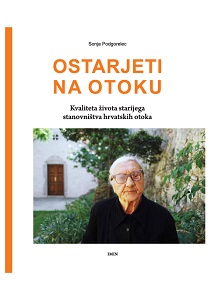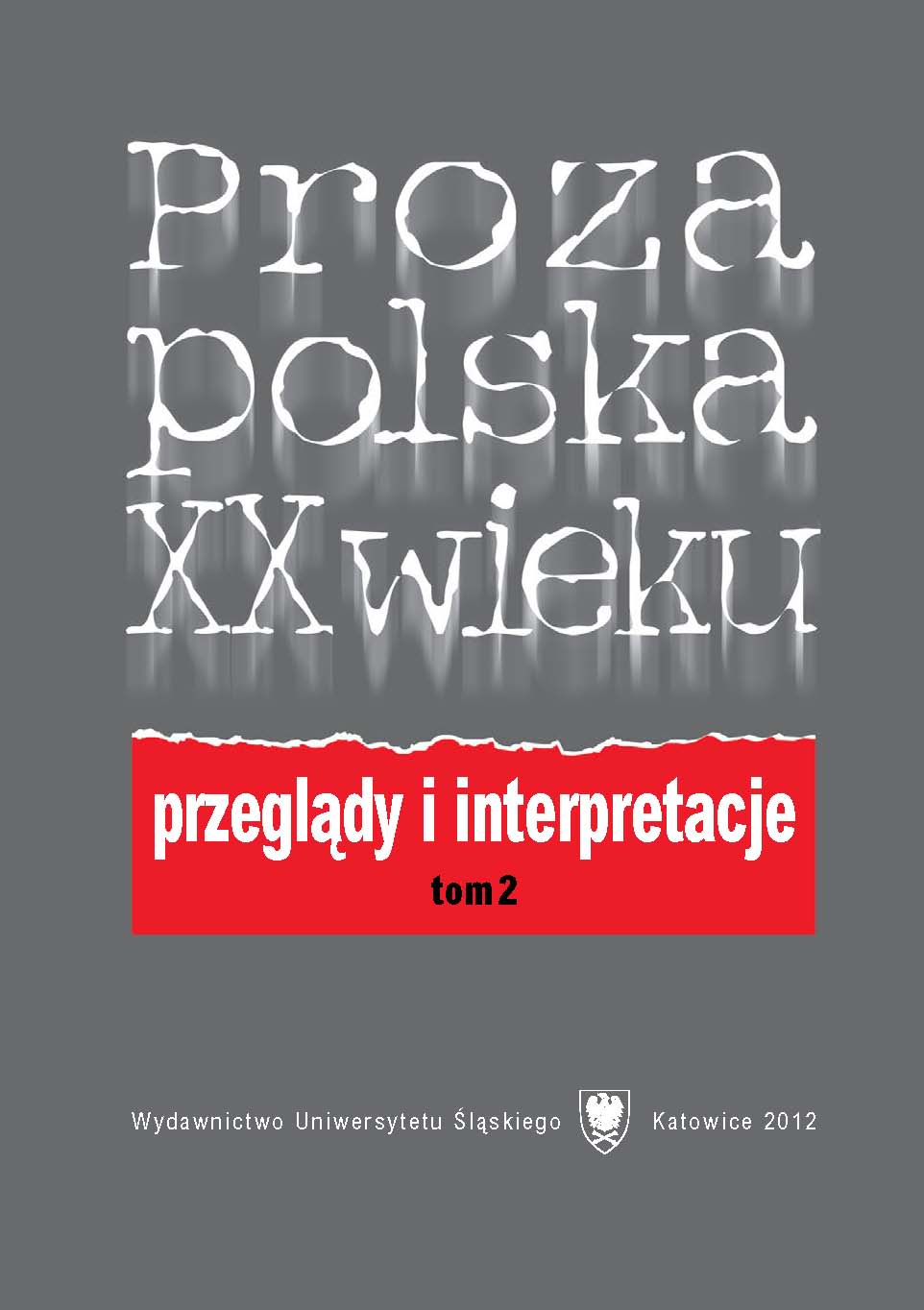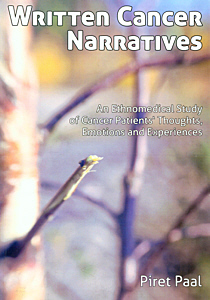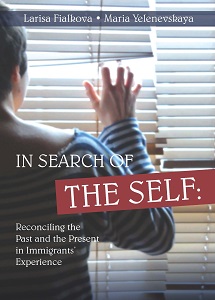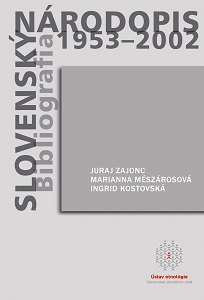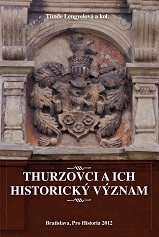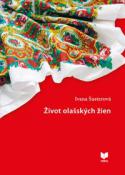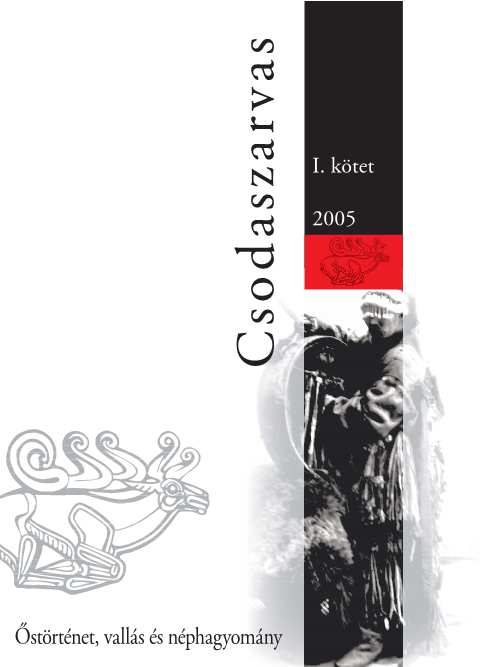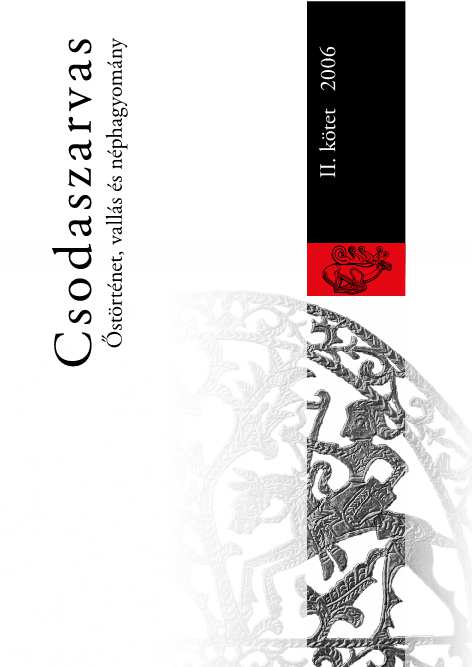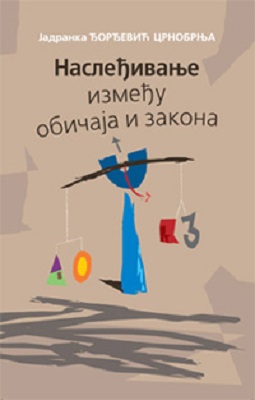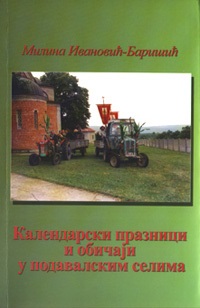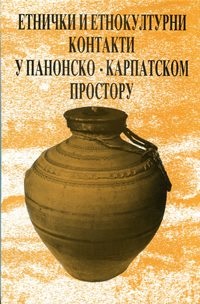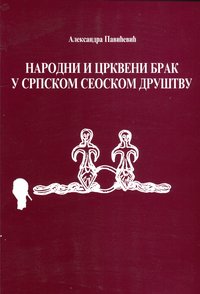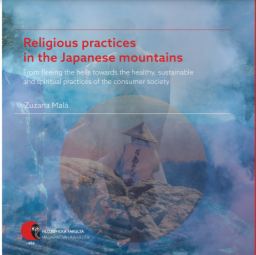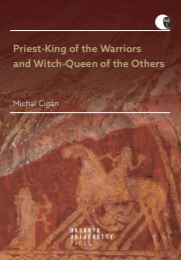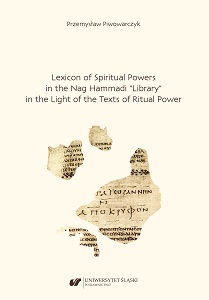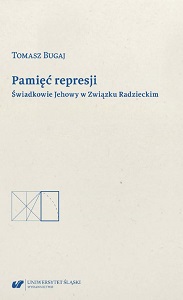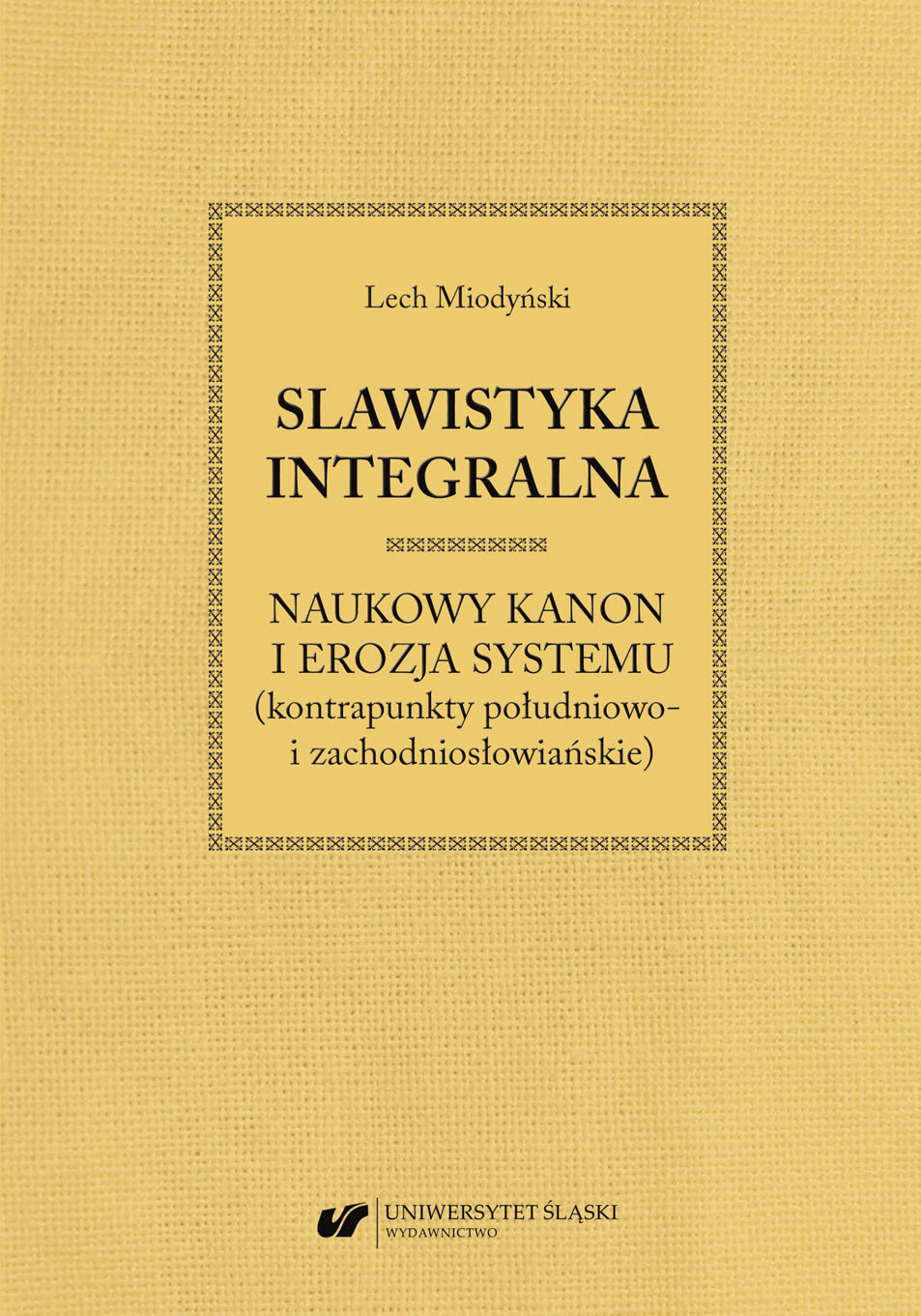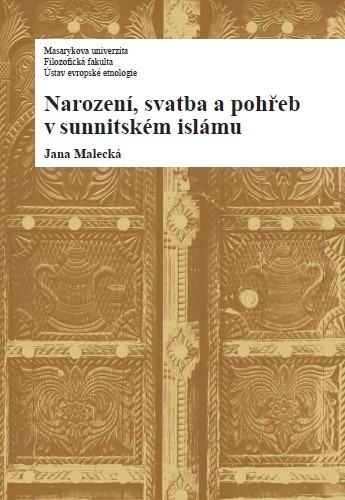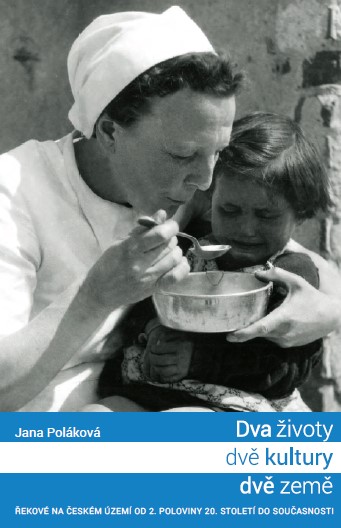Author(s): / Language(s): Slovak
Das vorliegende Sammelband „Die Thurzo und ihre historische Bedeutung“ ist das Ergebnis der Zusammenarbeit von Historikern aus der Slowakei, Ungarn und Deutschland. Die Grundlage für die Entstehung dieser Publikation bereitete die internationale Konferenz, die im Jahre 2009 anlässlich des 400. Jahrestags der Wahl von Georg Thurzo zum ungarischen Palatin veranstaltet wurde. Die anregungsvolle Tagung und Diskussion, sowie die weiteren Untersuchungen zum Thema boten genügend Unterlagen für die Zusammenfassung der Beiträge in einem Sammelband. Das erste Kapitel trägt den Titel Der Weg in die ungarische Aristokratie und hier werden die wichtigsten Vertreter des Geschlechts Thurzo vorgestellt, die sich am meisten um seinen politischen und wirtschaftlichen Aufstieg verdienten. Géza Pálffy analysiert in dem Unterkapitel Die Familie Thurzo und ihre Stellung in der ungarischen Aristokratie die Karrieremöglichkeiten im Königreich Ungarn am Ende des Mittelalters und zu Beginn der Frühen Neuzeit, sowie die Möglichkeiten, die die einzelnen Mitglieder des Geschlechts nutzten, um ihre Ambitionen zu erfüllen. Marián Skladaný widmet sich im Unterkapitel Der wirtschaftliche Aufstieg der Thurzo den ersten Vertretern der Familie, die zuerst zum niederen Adel gehörten und für eine gewisse Zeit zum Bürgertum wechselten, damit sie sich der kaufmännischen und unternehmerischen Tätigkeit widmen und den Wohlstand der Familie begründen konnten. Gabriella Erdélyi stellt in ihrem Beitrag „Ich bin nur ein Mensch, mein König, kein Stein“ – Alexius Thurzo im Dienst der Habsburger einen der einflussreichsten Thurzo-Männer vor, dessen kaufmännisch-unternehmerische Tätigkeit den ganzen mitteleuropäischen Raum umfasste, wobei er auch wichtige Funktionen vertrat und zu den Vertrauensmännern des Herrschers Ferdinand I. und der Königin Maria von Ungarn gehörte. Ein weiteres bedeutendes Familienmitglied präsentiert Lajos Gecsényi im Unterkapitel Der rätselhafte Thurzo. Franz Thurzo, der Präsident der Ungarischen Kammer und der Hofkammer (1549 – 1563). Das zweite Kapitel widmet sich dem Thema Die Thurzo und die Reformation. Mehrere Mitglieder des Geschlechts gehörten zur hohen Kirchenhierarchie und wurden vordergründig durch ihre Kontakte zu Humanisten und ihr großzügiges Mäzenatentum bekannt. Einen der bedeutendsten Bischöfe aus der Familie Thurzo stellt Martin Rothkegel im Unterkapitel Die Beziehungen des Olmützer Bischofs Stanislaus I. Thurzo zu Ungarn vor. Die Reformation fand unter den Mitgliedern des Geschlechts auch zahlreiche Anhänger, über sie schreibt Zoltán Csepregi in seinem Beitrag Die Thurzo und die Anfänge der Reformation. Diejenigen Vertreter der Familie, die ihr Reichtum auf der unternehmerischen Tätigkeit begründeten, dachten auch auf ihre weniger wohlhabenden Mitmenschen und gründeten mehrere Stiftungen zu ihrer Unterstützung. Tünde Katona stellt in diesem Zusammenhang in ihrem Beitrag die Leutschauer Stiftung der Thurzo vor. Das dritte Kapitel wird der Problematik der Höfe der Thurzo als Zentren des wirtschaftlichen, politischen und gesellschaftlichen Lebens gewidmet. Die Thurzo erlebten einen interessanten Übergang von den adeligen in den bürgerlichen Stand und von dem Reichtum, das sich durch ihre unternehmerische Tätigkeit angehäuft hatte, kauften sie Gutsherrschaften, damit sie erneut nicht nur in den Adelsstand zurückkehren, sondern gleich in die Aristokratie aufsteigen konnten. Tünde Lengyelová untersucht Die wirtschaftlichen Verhältnisse an den Gutsherrschaften der Thurzo an der Wende des 16. und 17. Jahrhunderts. Einen wesentlichen Aufgabenbereich des Palatins stellte die Verwaltungsagenda dar, über die Péter Dominkovits in seinem Beitrag Die Kontakte des Palatins Georg Thurzo zu den Komitaten Ödenburg und Eisenburg einen Überblick bietet. Einen Blick in das Alltagsleben an den Höfen gewähren in ihren Beiträgen Diana Duchoňová im Unterkapitel Die Hofordnungen an den Höfen der Thurzo und der Esterházy, sowie Borbála Benda, die sich der Speisekarte von Stanislaus Thurzo aus dem Jahre 1603 widmet. Das vierte Kapitel befasst sich mit den verschiedenen Formen des Kulturnachlasses der Thurzo. Zuzana Ludiková und Árpád Mikó präsentieren die Bestattungsstätten und Grabdenkmäler der Thurzo nicht nur als Symbole ihrer Macht, sondern auch als künstlerische Ausdrucksformen. Eine bedeutende Quelle zur genealogischen Untersuchungen stellen die Hochzeitseinladungen der Thurzo dar, die Frederik Federmayer näher beschreibt. In dem umfangreichen heimatkundlichen Werk von Matthias Bel wären die genealogischen Forschungen des Polyhistors fast untergegangen, deshalb richtet Gergely Tóth den Blick gerade auf diesen Aspekt in seinem Beitrag „Theatrum Nobilitatis Hungaricae“. Die genealogischen Untersuchungen von Matthias Bel mit besonderem Augenmerk auf die Familie Thurzo. Zu den wichtigsten Mäzentätigkeiten der Thurzo gehörten die Förderung der Studenten an ausländischen Universitäten, sowie die Veröffentlichung von verschiedenen Publikationen und die Unterstützung von Druckereien. Über derartige Aktivitäten des Palatins und seiner Familienmitglieder schreibt Helena Saktorová in ihrem Beitrag Die Persönlichkeit von Georg Thurzo im Spektrum seiner Autorendedikationen. Mit dem schriftlichen Nachlass der Familie Thurzo im Staatsarchiv von Bytča befasst sich Jana Kurucárová. Die Ergebnisse einer außergewöhnlichen und seltenen Untersuchung präsentieren die Anthropologen Milan Thurzo und Radoslav Beňuš in ihrem Beitrag Die anthropologische und paläopathologische Analyse der Gebeine der Familienmitglieder von Georg Thurzo. Damit gewähren sie einen einzigartigen Einblick in den gesundheitlichen Zustand von mehreren Vertretern dieses Geschlechts. Arwa, heute Orava war die grösste Gutsherrschaft der Thurzo und die hießige Burg gehörte zu den bedeutendsten Zentren der Familie, aus diesem Grund widmeten sie eine besondere Aufmerksamkeit ihrer architektonischen Gestaltung, die Michal Čajka in seinem Beitrag Die Umbauten der Burg von Orava in der Zeit der Thurzo schildert. Die Publikation enthält eine Reihe von neuen Kenntnissen, die das Ergebnis von intensiven Untersuchungen mehrerer Historiker, Kirchenhistoriker, Archäologen, Anthropologen, Archivaren und Kunsthistoriker darstellen. Trotzdem gibt es noch genügend Themen und Fragen, die auf Aufarbeitung warten und weitere Anregungen für Forschungen über diese interessante Familie darbieten, deren Mitglieder nicht nur zur übernationalen Aristokratie des Königreichs Ungarn und der mitteleuropäischen Habsburgermonarchie, sondern auch zu den außerordentlich begabten Unternehmern, Politikern, Soldaten und bedeutenden Vertretern des kulturellen Lebens an der Schwelle des Mittelalters zur Frühen Neuzeit gehörten.
More...
